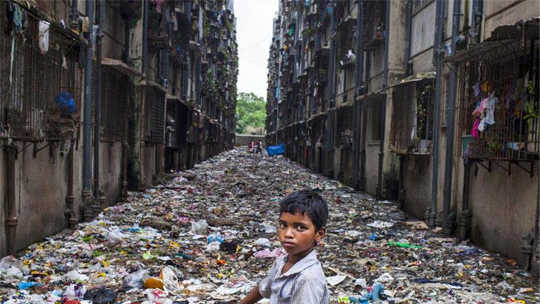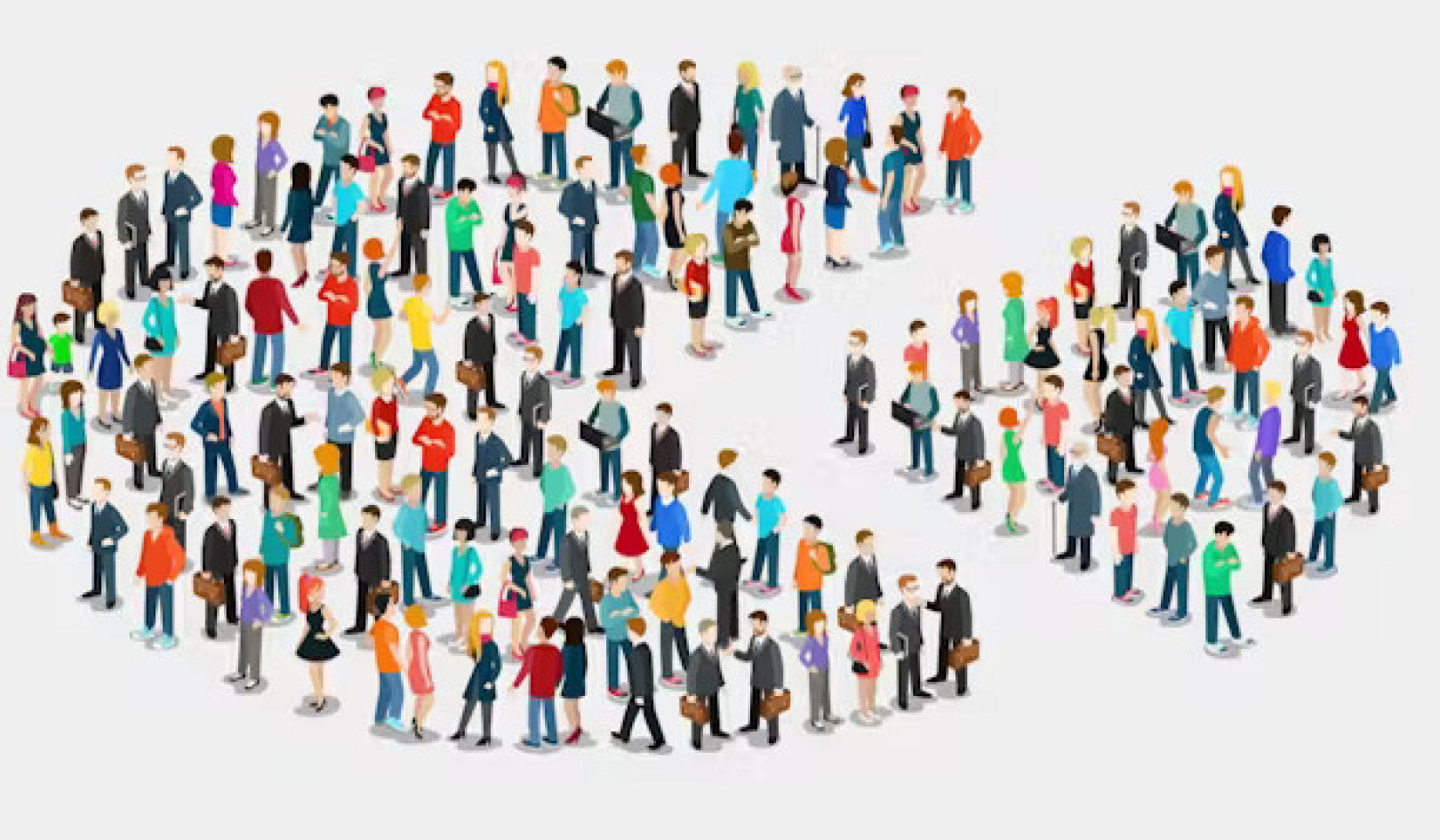
Public health experts say one of the problems associated with living in a slum—too many people in close proximity—can be a benefit. A single intervention can simultaneously improve many lives in one densely packed community. They call it the “neighborhood effect.”
“The neighborhood effect in slums is both a problem and an opportunity.”
It’s one of the findings from a review of international slum research published in The Lancet. The study coincides with the United Nation’s conference Habitat III to be held in Quito, Ecuador, October 17-20.
Massive slums have become major features of cities in many low- and middle-income countries. The nearly one billion people who live in slums are a marginalized group facing unique health issues.
“The neighborhood effect in slums is both a problem and an opportunity. It is a problem because it is likely to amplify health hazards,” says Richard Lilford, a professor at the University of Warwick. “However this effect is likely to offer economies of scale and increasing returns on investments to create a healthy environment.
“A historical example of this can be found in Victorian London when a water pump was shut down which averted a cholera epidemic.
“In addition our research highlighted that higher population density allows more people to be treated by clinic staff in less time; another potential example of increased economies to scale when intervening at the neighborhood level in slums.”
Count slums in censuses
Lilford and colleague Oyinlola Oyebode, an associate professor at Warwick Medical School, argue that all slums should be included in censuses. Although slums are easily identifiable physically in many cities, statistics about them are often non-existent. Slums are rarely identified in national censuses, which form the sampling frames for national surveys.
The team recommends that all censuses include identification for slum and non-slum clusters for all urban areas. They believe this will encourage better recording of information about health indicators for slum and non-slum areas both for research purposes and to identify local priorities for action for instance determining where disease outbreaks are most prevalent.
The report’s authors argue that the topic of slum health should become a standalone academic disciple to help understand and improve conditions in slums.
“To tackle the issue of slums, we need to start looking at them in a different way,” says Oyebode. “After all not all people living in slums fall below the poverty line, with anecdotal reports that there are even millionaires living in some slums. Poverty isn’t the only cause of ill health in slums, the neighborhoods themselves as ‘spaces’ need attention.”
Source: University of Warwick
Related Books:
at InnerSelf Market and Amazon



























